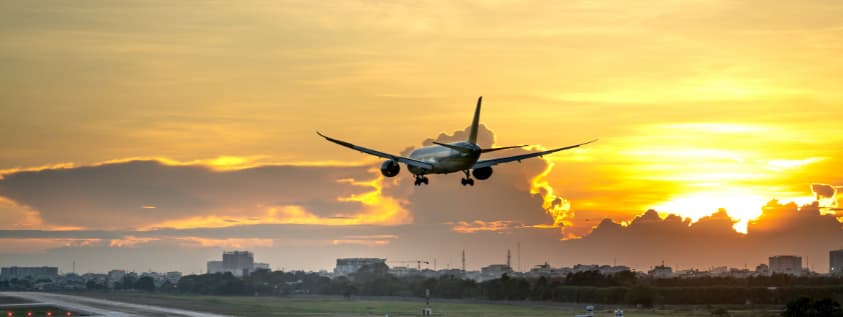Before you start studying to become a pilot, you need to know about the different pilot licence that exist. The type of licence will determine the aircraft – depending on their weight – that you can fly and the legal privileges that the licence grants you. The Class Ratings that your licence contains will determine whether you are qualified to fly single or multi-engine aircraft, in visual or instrument conditions, etc…
If you are interested in becoming an aviation pilot, you must first decide which licence you want to obtain: sport or professional. Taking out a licence to fly professionally is not the same as taking out a licence to fly privately. The difference between a professional or sport licence is – to a certain extent – not determined by the size of the aircraft, but by the legal powers that your licence confers on you.
The pilot you may see flying a small advertising plane over the beach this summer may have a professional licence and is doing paid work. At the other extreme, celebrities like Tom Cruise can fly their own jet with a PPL (and the necessary Type and Class Ratings, of course) because they are not performing a paid professional task.
In other words, the pilot’s licence, or flying licence, is the document that certifies that you have the ability to fly an aircraft in the mode and under the certifications that the licence includes.
Requirements to obtain a pilot’s licence
Although there are no minimum criteria for access to training, at the time of obtaining your licence you must meet a number of requirements:
- You must be at least 18 years old (17, with parental permission, for PPL). You can start your training earlier, but you must be at least 18 by the time you take the exam.
- You must have Advanced or C2 level English.
- Hold a valid Class 1 medical certificate (Class II for PPL).
- For professional licences (CPL, ATPL) academic level of Baccalaureate or equivalent in Physics and Mathematics.
Licence groups
Flying licences are divided into two main groups, professional and sport licences. The latter are further subdivided into ULM, LAPL and PPL licences.
All of them, except for the ULM licence, can be accompanied by different Class Ratings and Ratings, such as the one that enables night flying (VFRN), instrument flight, the multi-engine rating (ME), etc…
Types of pilot licences
Depending on your objectives you can opt for several licences, the key is in your objectives.
- Ultralight Aircraft Licence (ULM): This licence allows you to fly aircraft classified as ultralight, i.e. not exceeding 450 kilos, in visual daytime flight.
- Light Aviation Pilot Licence (LAPL): this licence came into force in 2015, and represents a middle ground between the ULM and PPL licences. The LAPL will allow you to fly pleasure aircraft of up to four seats, always in non-commercial operations.
- Private Pilot Licence (PPL (A)): This licence will allow you to fly aircraft not intended for commercial operation, and always on non-revenue flights. This licence can also be the first step towards becoming a professional pilot through modular courses.
- Commercial Pilot Licence (CPL (A)): This licence will allow you to act as pilot-in-command of a single-pilot aircraft, or as co-pilot of a multi-pilot aircraft. Unlike the PPL, this licence will allow you to practise for pay.
- Airline Transport (ATPL): This is the licence that allows you to work as a commercial airline pilot.
The last two are professional licences that must be accompanied by the corresponding Class and Type ratings, depending on whether you are going to work in passenger or freight transport or in general aviation and aerial work. But this subject, Class and Type ratings, their uses and how to obtain them, will be the subject of a future instalment.
Getting licences is a process that requires effort and dedication. Having a certified and experienced flight school facilitates the process. Our aim is to train high quality pilots and therefore we have different courses to suit your needs. If you want to become an aviation pilot, do not hesitate to contact us.
